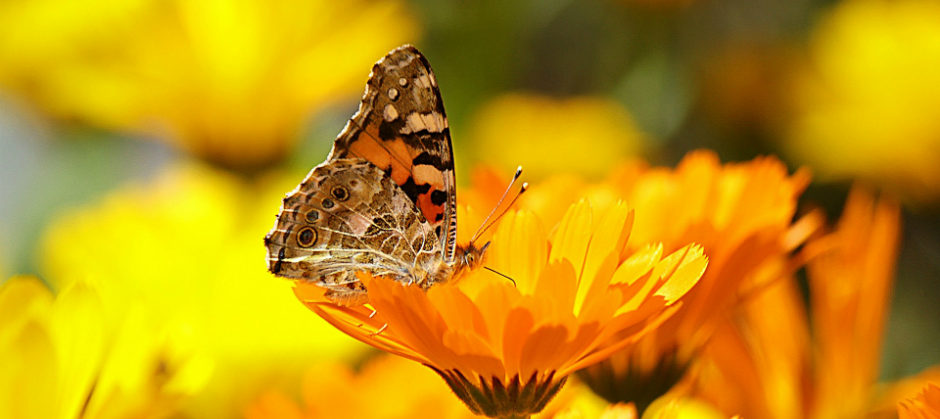The Coyotes are coming, run, run
Some “hunters,” an Ottawa Councillor and others in the Ottawa area are whipping up a frenzy in the public media (CTV, CBC) about recent sitings of Coyotes within the city limits of Ottawa. This story repeats itself every few years, as these stealthy canids surface in broad daylight, evoking panic in some of the citizenry. The headline is often accompanied by a photograph of the teeth-baring, garbage-eating vermin. Quite frankly the reaction of some of the public and media to seeing a Coyote is totally exaggerated and misguided. Little is known about the actual Coyote numbers, though it is frequently reported that numbers are increasing by some ‘authority’ such as a City councillor. This winter (2010), there does appear to be a shortage of wildlife in the region, reflected in Christmas Bird Count results from the Ottawa and other regional counts. Trees and shrub seeds, often the foundation of the diet of many bird species and mammals over the winter are sparse this year. This might mean fewer of everything, including small mammals. This could be a contributing factor as to why we see the occasional Coyote wandering around – they are hungry.
Are Coyotes dangerous to people? After the tragic attack on a young woman in 2009 in Cape Breton, we might conclude that they are. However, this is where we need some perspective. There were 17 attacks on people attributed to coyotes in Canada between 1988 and 2006, none fatal. In Toronto alone in 2006, 689 dog bites were “investigated.” In Toronto, 10 to 15 percent of the reported bites require sutures to close the wound. It is likely that the Cape Breton tragedy was an extreme aberration. Aberrant behaviour is something that is not restricted to humans or coyotes for that matter, but examples abound with numerous species; however with Coyotes, as with their close and larger relative the Timber Wolf, these examples, fortunately are highly exceptional.
For many First Nations, the Coyote is considered “the trickster,” cunning, intelligent, a clown at times, and a wanderer. As a member of the dog family, native to North America, Coyotes habitat of choice are open grasslands and steppes of the mid west. Like many grassland species, Coyotes expanded across most of eastern North America as the forests were opened up in the 19th and 20th centuries. In fact, the Coyote has now spread eastward as far as Newfoundland, evidently crossing the channel between Labrador and the island. Coyotes are crepuscular or nocturnal, but certain times of the year are active during the day. About the size of a small German shepherd, they are opportunistic predators, often hunting alone, but sometimes hunting in packs.
Coyotes have many characteristics that make them successful despite massive campaigns by wildlife control zelots to exterminate them. They are generalists in their food preferences, capable to killing small deer, but more often eating rabbits, ground hogs, meadow voles, bird’s eggs, carrion, and a wide range of plant food such as berries. Possessing an extremely acute sense of smell, keen eyes and excellent hearing as well as superior intelligence, coyotes are able to operate in as cities, as long as there are green spaces with potential den sites, cover and access to food. Coyotes are believed to be normally monogamous and mate in February or March. Gestation takes about two months, after which three to seven pups are born. Likely in cities, coyotes are important predators of nuisance rodents such as rats and mice.
Coyotes are also known to breed with feral dogs. The offspring are called coydogs. Coyotes also likely breed with wolves where their populations overlap.
Coyotes are an integral part of our ecosystems including urban ecosystems. The highly subsidized populations of urban wildlife such as squirrels, geese, rats and mice are the staples of the urban coyote’s diet. They bring net benefits to wherever they occur, though like all creature including ourselves, they are not perfect and there are occasionally aberrant or ‘bad’ individuals. We should not be alarmed when we see a coyote in the ravine, or even walking on a city street. If the behaviour is aberrant, yes, we need to act. However, we do need to keep better track of our own pets and treat them with the respect and care that they deserve, which includes not letting them wander freely and not exposing them to dangers.


